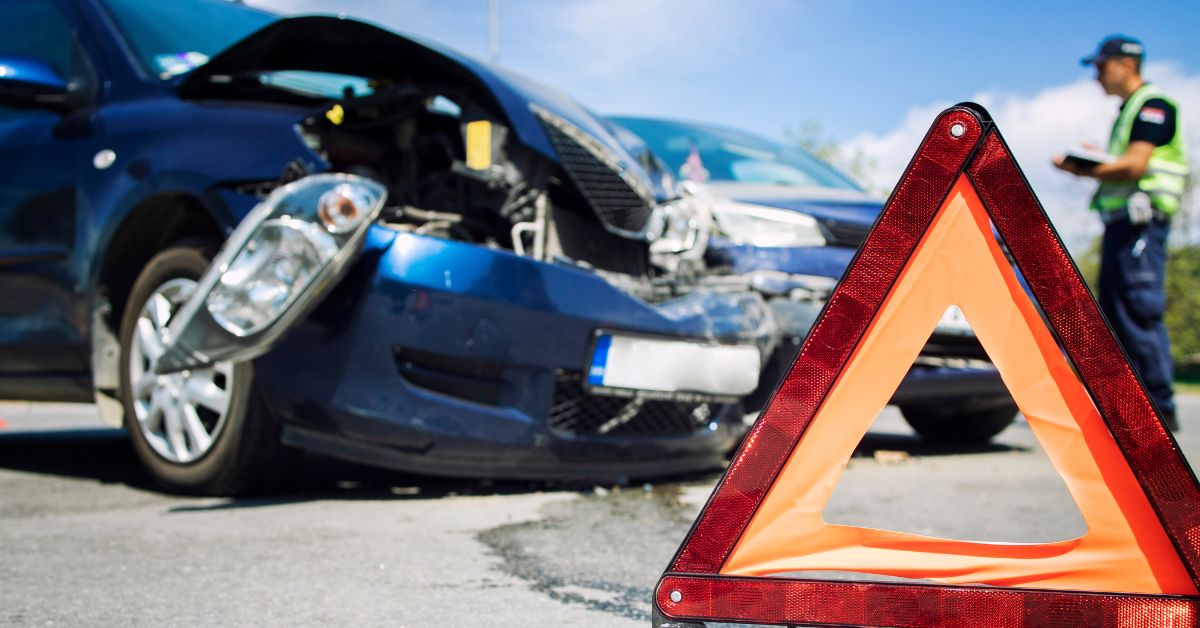Every year in the UK, thousands of people are injured in road traffic accidents. A significant number of these individuals end up successfully extracting compensation via the courts. If you’re in this position, it’s worth establishing exactly what legal mechanisms are available to you, and how recent changes in the law have made a difference to the process of seeking compensation.
The Civil Liability Act 2018 and Its Reforms
This particular piece of legislation actually came into effect several years after it was first presented to the Commons, thanks to delays related to the COVID-19 pandemic. Of particular interest is part 1 of the Act, which introduces reforms related to low-value personal injury claims. In practice, this means dealing with whiplash claims in a way that drives down insurance costs.
It brought about new fixed compensation amounts, which make it easier to tell in advance how much compensation is likely to be awarded when making car accident claims. It also prevents the settling of whiplash claims without a medical assessment, which is intended to reduce vexatious or fraudulent claims.
Recent Changes to the Whiplash Tariff
The changes to the whiplash rules didn’t end there. In April of 2025, the Labour government hiked the tariff by 15%, which is roughly in line with inflation over the intervening period. This change was designed to ensure consistency in awards over time, and to prevent claimants from paying more over time.
The Role of the Highway Code and Road User Hierarchy
Also of interest to would-be claimants might be tweaks to the Highway Code. The rules of the road might affect who is responsible for a given collision, and to what extent they are culpable.
In 2022, under the Johnson Conservative government, a number of specific changes were made to the Code. Among the more consequential of these was the so-called ‘hierarchy of road users’. This clarifies that traffic should give way to pedestrians and cyclists crossing a road at a junction. It also made clear that motorists are allowed to cross double white lines in order to overtake a cyclist or horse rider travelling at less than ten miles per hour.
Impact of Recent Road Safety Initiatives
Recent changes to the speed limit in Wales have caused consternation among a section of motorists. The default limit for built-up areas was lowered from 30 to 20 mph. This change has, according to at least one insurer, lowered the number of claims made. Rob Clark, the head of motor underwriting at Esure, reported a 20% drop in insurance claims. If other limits of this kind are rolled out elsewhere in the UK, it seems likely that a similar drop might result.











